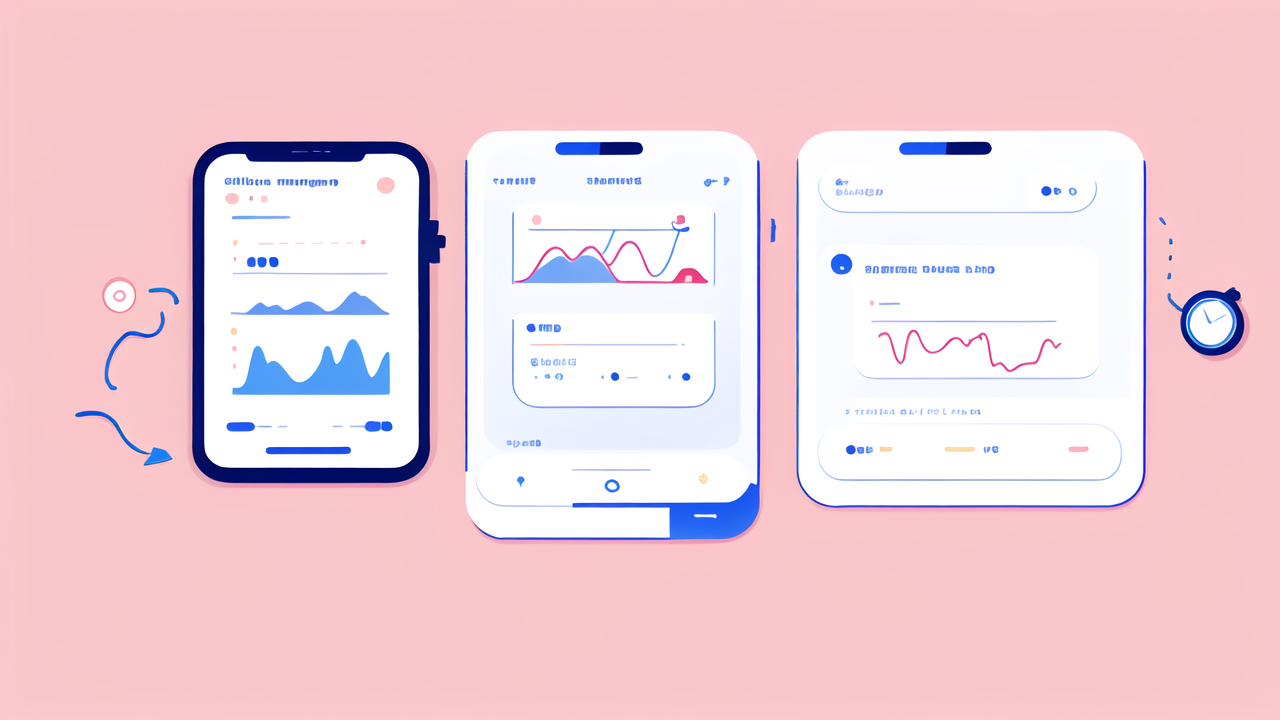The Evolution of Health Monitors in Wearable Technology
Emergence of Wearable Fitness Devices in the United States
Wearable fitness devices burst onto the scene in the early 2010s. They started as simple step counters. Soon, they evolved into more complex gadgets. These devices could track heart rate and sleep patterns. Brands like Fitbit and Jawbone led the charge. They made fitness tracking accessible to everyone.

As smartphones became ubiquitous, wearables integrated with them. This allowed for real-time data syncing and analysis. Users could now see their health stats on their phones. This integration boosted the popularity of wearables. It made them more than just fitness tools. They became lifestyle accessories.
The rise of smartwatches further changed the game. Apple Watch and Samsung Gear entered the market. They combined fitness tracking with smart features. This fusion made health monitoring more appealing to a wider audience.
Advancements in Health Monitoring Features
As technology improved, so did health monitoring features. Heart rate sensors became more accurate. They could now detect irregular rhythms. Blood oxygen monitoring was introduced. This feature gained importance during the COVID-19 pandemic.
Smartwatches started offering more advanced metrics. These included VO2 max estimation and recovery time prediction. Some devices even added ECG capabilities. This allowed users to take medical-grade heart readings at home.
Sleep tracking also saw significant improvements. Devices could now analyze sleep stages. They offered insights into sleep quality and patterns. This helped users understand their rest better.
Integration with Lifestyle and Wellness Apps
Health monitors didn't stop at tracking physical metrics. They began integrating with lifestyle and wellness apps. This expansion created a more holistic health approach. Users could now track their nutrition alongside their workouts.
Meditation and mindfulness apps partnered with wearable companies. This allowed for stress tracking and guided breathing exercises. Some devices even offered menstrual cycle tracking for women's health.
Social features were also added to many platforms. Users could share their achievements and compete with friends. This gamification aspect motivated many to stick to their fitness goals.
Key Health Monitoring Capabilities of Future Smartwatches
ECG and Heart Health Monitoring
ECG (electrocardiogram) features are becoming standard in high-end smartwatches. These devices can detect atrial fibrillation, a common heart rhythm disorder. Users can take ECG readings anytime, anywhere. This can help catch heart issues early.

Future smartwatches may offer even more advanced heart monitoring. They might detect other arrhythmias or early signs of heart disease. Some researchers are working on blood pressure monitoring through wrist devices. This could be a game-changer for hypertension management.
Continuous heart rate variability (HRV) tracking is another emerging feature. HRV can indicate stress levels and overall cardiovascular health. As these features improve, smartwatches may become essential tools for heart health.
Stress Management and Respiratory Rate Analysis
Stress management is a growing focus for smartwatch makers. Many devices now offer stress level tracking. They use heart rate variability and other metrics to estimate stress. Some watches provide guided breathing exercises to help users relax.
Respiratory rate analysis is a newer feature in some smartwatches. It can help detect potential respiratory issues. This became particularly relevant during the COVID-19 pandemic. Future devices may offer more detailed respiratory health insights.
Some companies are exploring emotion detection through physiological signals. This could help users understand their emotional patterns better. It might even offer personalized strategies for managing emotions.
Advanced Sleep Tracking and Personalized Coaching
Sleep tracking is evolving beyond basic duration and movement analysis. New devices can detect sleep stages more accurately. They can identify REM, deep sleep, and light sleep periods. This offers users a clearer picture of their sleep quality.
Some smartwatches now provide sleep coaching features. They offer personalized advice to improve sleep habits. This might include suggesting ideal bedtimes or highlighting factors affecting sleep quality.
Future devices may integrate environmental sensors. These could detect room temperature, noise levels, and light exposure. This data could help users optimize their sleep environment for better rest.
Challenges and Opportunities in the Health Monitoring Space
Regulatory Hurdles and Data Accuracy Concerns
As smartwatches offer more health features, they face increased regulatory scrutiny. Many countries require medical device certification for certain health monitoring functions. This can slow down innovation and increase costs for manufacturers.

Data accuracy remains a concern for many users and healthcare professionals. While smartwatch sensors have improved, they're not always as precise as medical devices. This can lead to false alarms or missed diagnoses if relied upon too heavily.
Privacy and data security are also major issues. Health data is sensitive information. Companies must ensure strong protection against breaches and unauthorized access.
Consumer Expectations and Market Demands
Consumers increasingly expect their smartwatches to be comprehensive health tools. They want devices that can track multiple health metrics accurately. This puts pressure on manufacturers to continually innovate and improve their offerings.
Battery life remains a key concern for many users. Advanced health monitoring features can drain batteries quickly. Balancing functionality with battery life is an ongoing challenge for smartwatch makers.
Affordability is another factor shaping the market. While high-end devices offer advanced features, many consumers seek more budget-friendly options. This creates opportunities for companies to develop cost-effective health monitoring solutions.
The Future Landscape: Innovation and Competition
The health monitoring space is becoming increasingly competitive. Traditional tech companies face competition from healthcare and fitness specialists. This competition is driving rapid innovation in the field.
Artificial intelligence and machine learning are likely to play bigger roles in future devices. These technologies could enable more personalized health insights and predictions. They might even help detect health issues before symptoms appear.
Integration with healthcare systems is a potential growth area. Smartwatches could become valuable tools for remote patient monitoring. This could revolutionize chronic disease management and preventive care.
As the line between consumer devices and medical tools blurs, new opportunities emerge. The next generation of smartwatches may offer unprecedented insights into our health and well-being.




Leave a comment
This site is protected by hCaptcha and the hCaptcha Privacy Policy and Terms of Service apply.